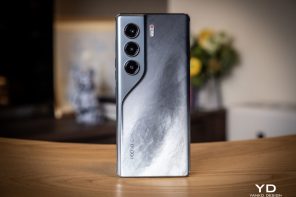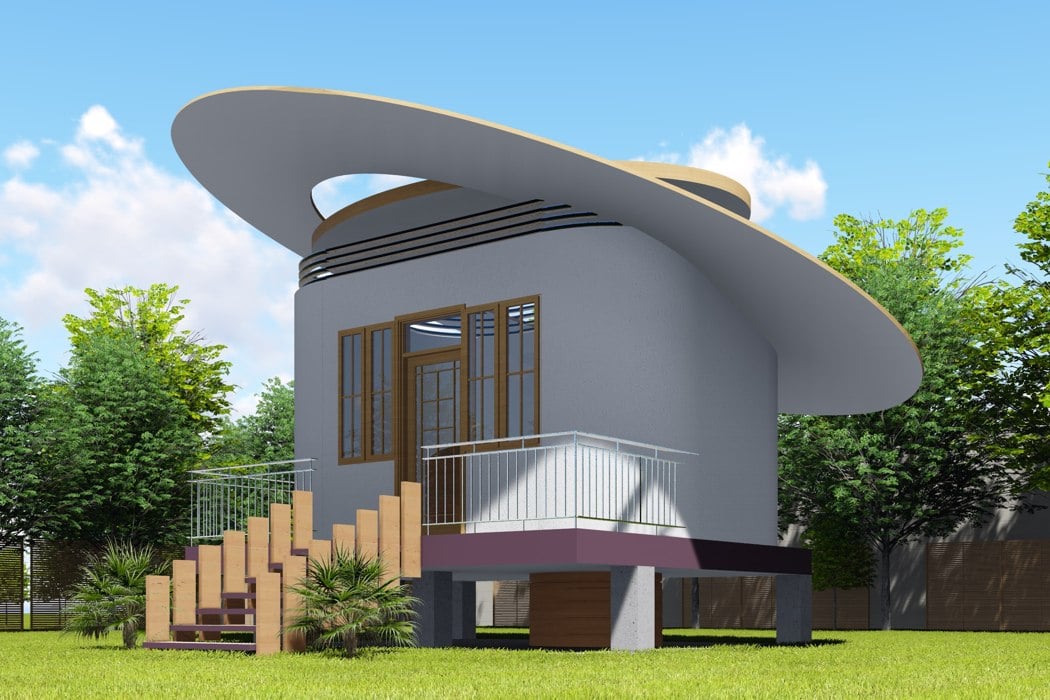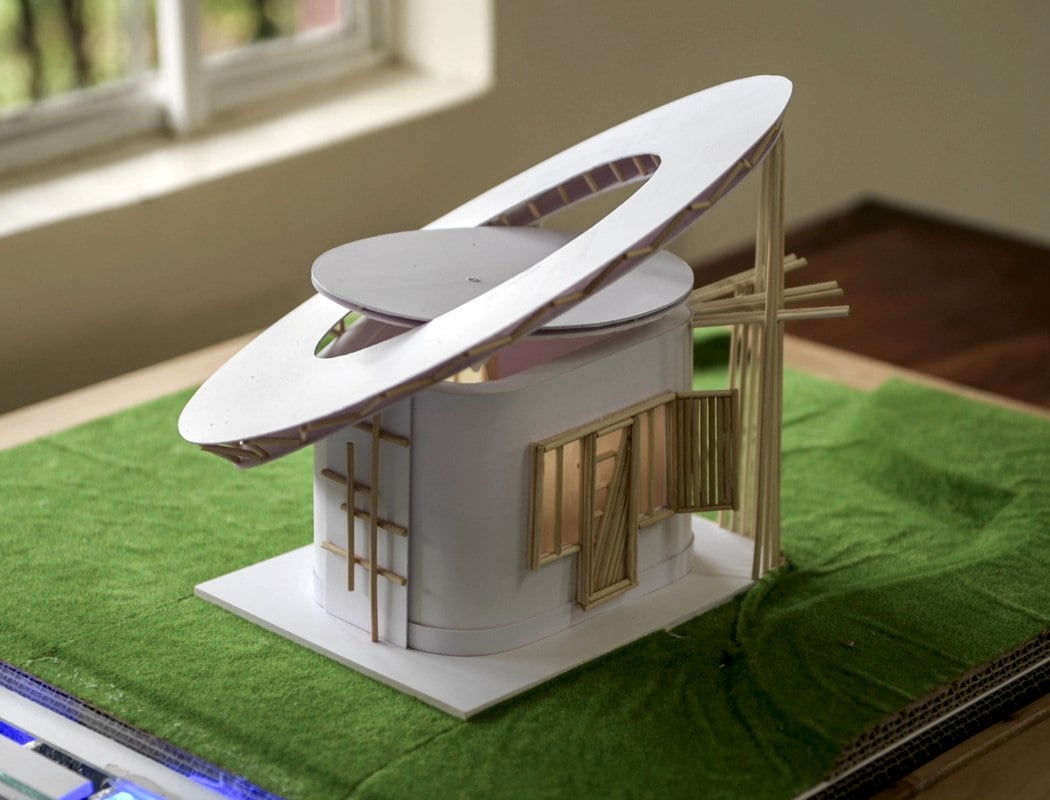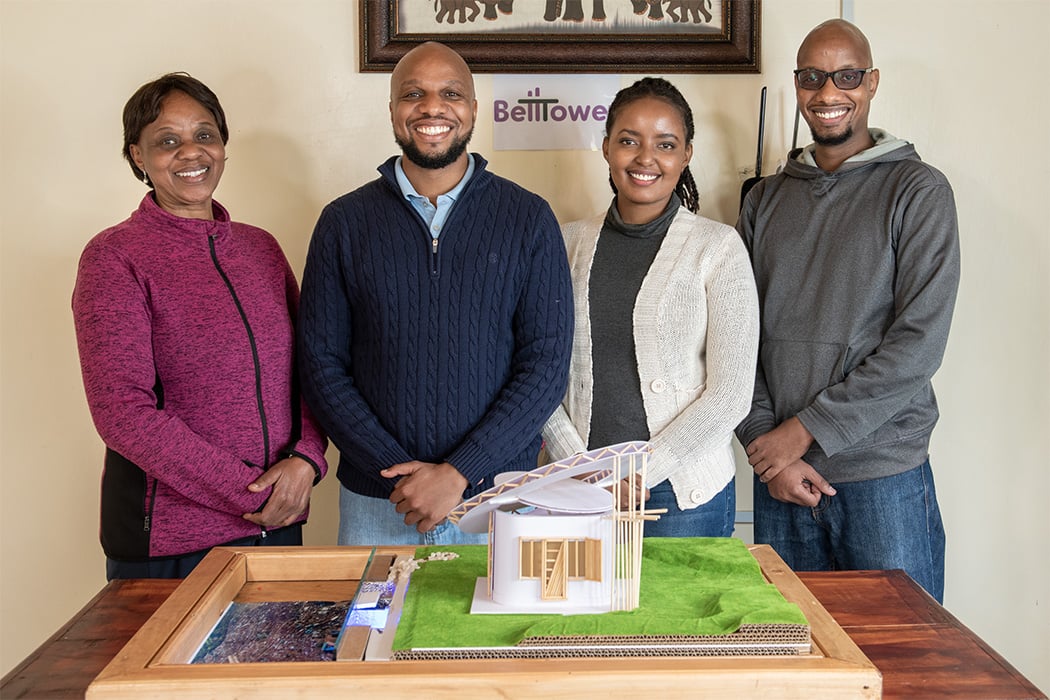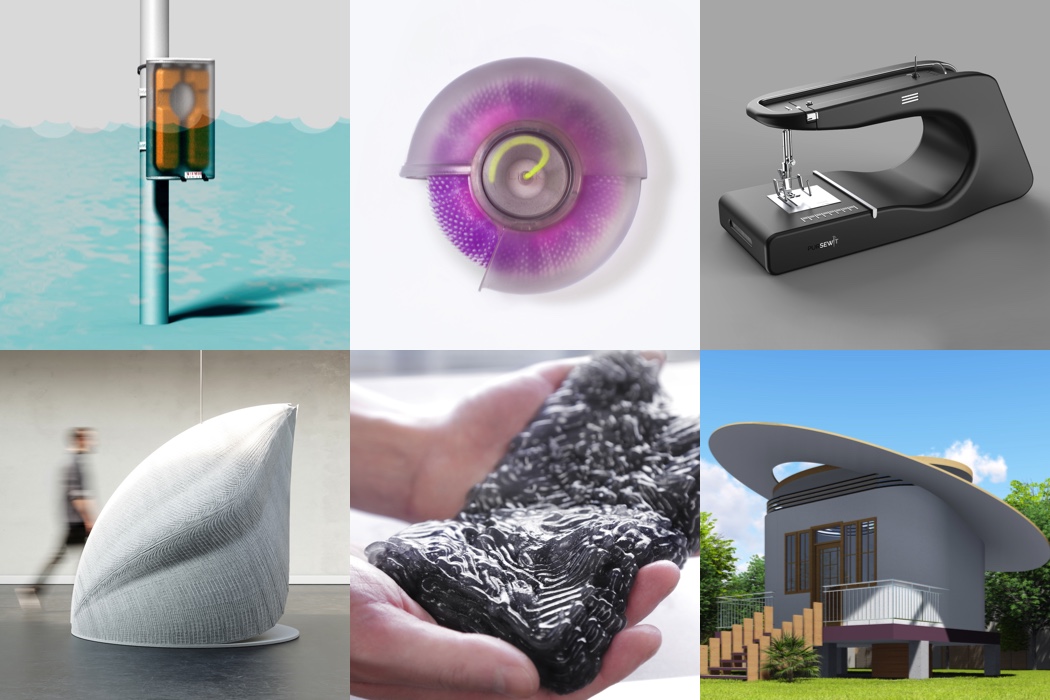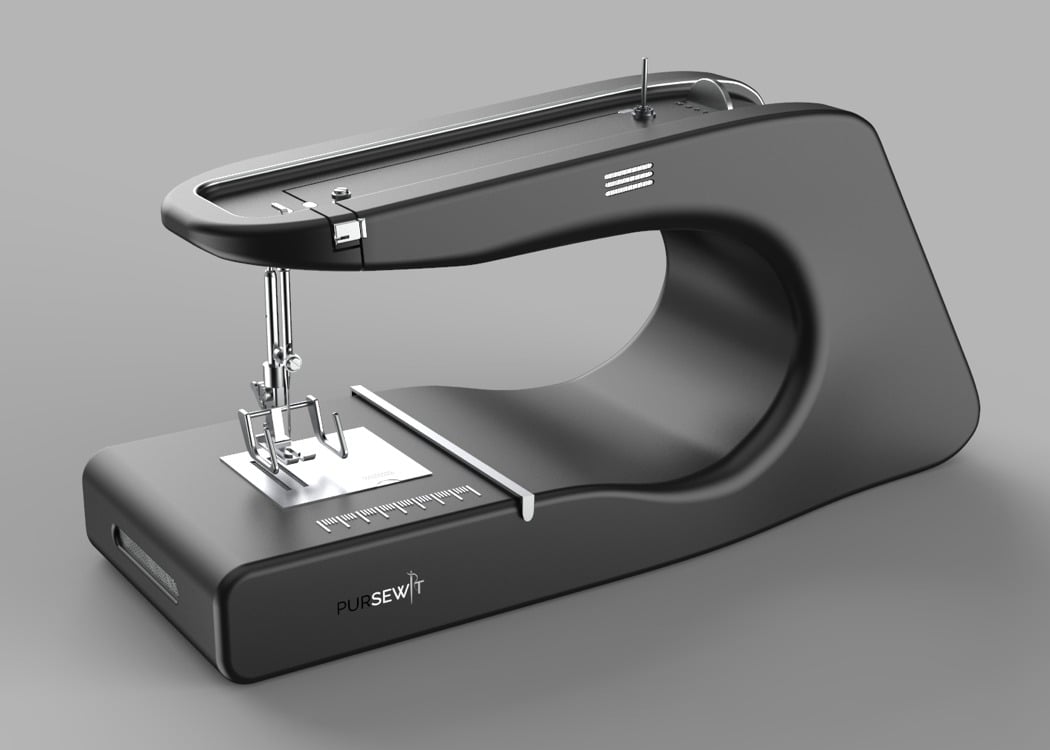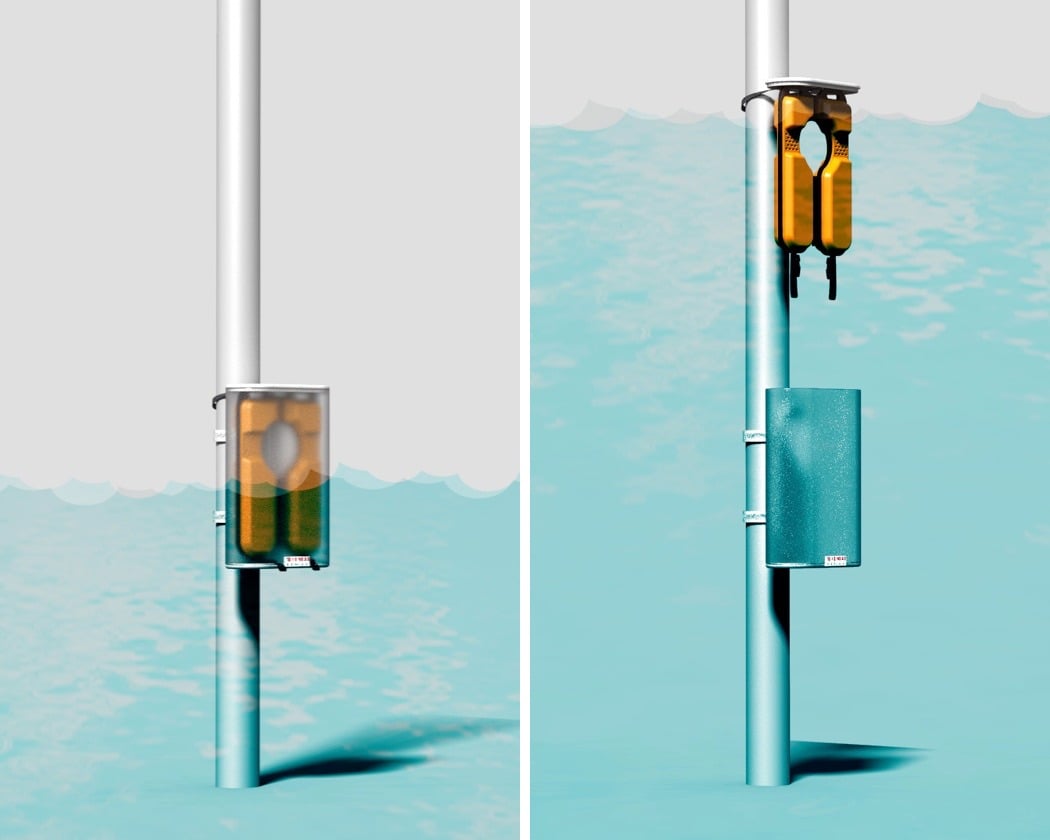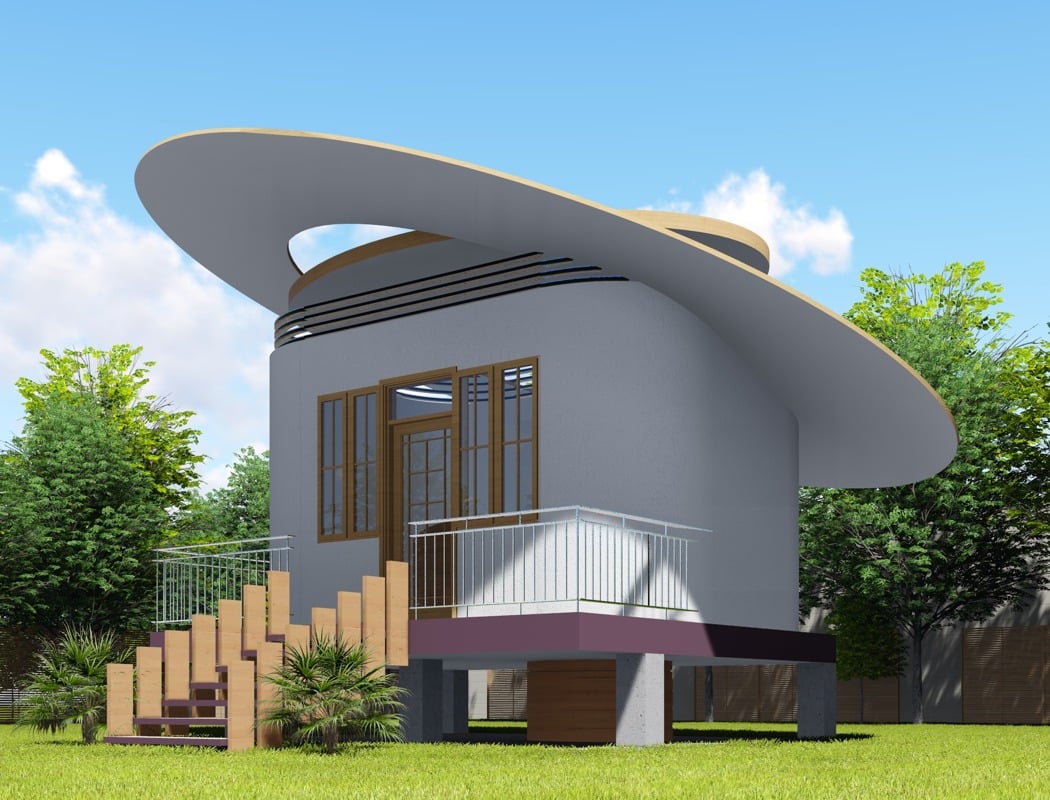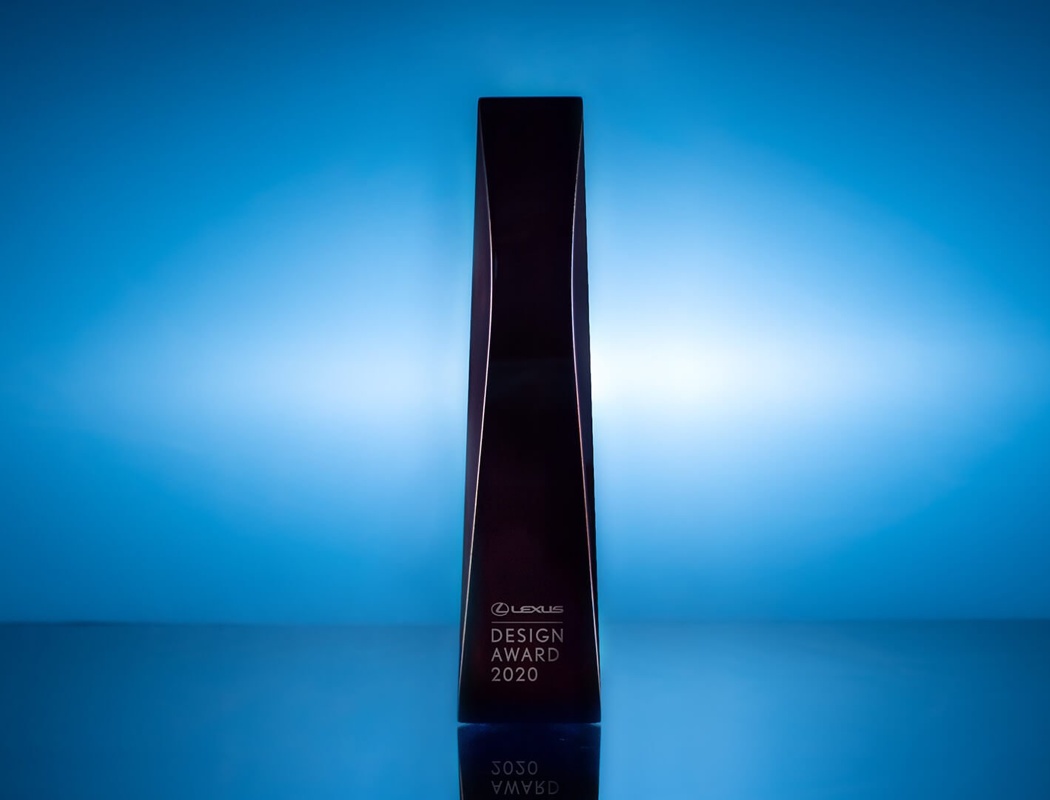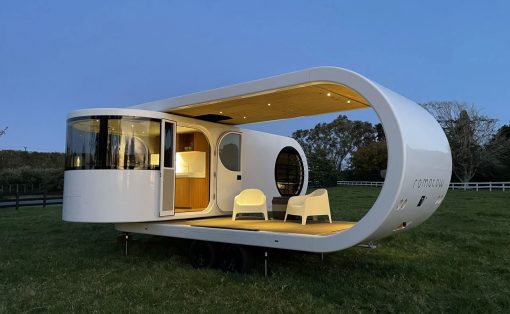Earlier today, Lexus Design Awards announced their winner for the 2020 edition of their award program. The winning project, Open Source Communities by Kenya-based BellTower design, captured the jury’s hearts for being innovative, well-structured, extremely detailed, and having a widespread impact by providing low-income communities with clean water. The Open Source Communities project was one of 6 projects to make it to the finalist phase of the Lexus Design Awards, resonating the award’s theme of “Designing for a better tomorrow”. The Lexus Design Award’s unique format helps seek out such revolutionary ideas and enables them to grow and evolve into full-fledged designs that benefit humanity. The Awards program sees thousands of entries from multiple countries every year, out of which 6 promising projects enter the finalist-phase. The LDA appoints 4 world-class design mentors; Philippe Malouin, Bethan Gray, Joe Doucet, and Shohei Shigematsu who help guide and coach the participants, taking their ideas to the next stage, and Lexus even helps with funding of prototypes, spending up to 3 million yen. A panel of 4 elite judges; Jeanne Gang, John Maeda, Paola Antonelli, and Simon Humphries, chosen by Lexus then reviews the 6 finalist projects, selecting the Grand Prix winner for the year. This year, the Open Source Communities project won the Lexus Design Award for its ability to create an open-source public-utility template that could potentially help millions of households and neighborhoods harvest, purify, and store water. “By addressing the way that the project will come into being and be sustained economically, the designers broaden our thinking about what design is and could be. While the project is an apparatus to collect and store rainwater for safe drinking, it is also a financial game plan for empowering a community”, added LDA judge Jeanne Gang.
It says a lot when 40% of an entire country relies on water from ‘unimproved water sources’ like ponds, lakes, and rivers, and illegally constructed pipeways. A vast number of Kenyans suffer from a combination of problems like water shortage, diseases caused by consumption of unfiltered/unfit water, having to walk miles to get water on a daily basis, or alternatively having to pay high rates for local water distribution. Something as fundamental as access to clean water is difficult to come by and results in major economical and medical hardships, not to mention the vast chunk of your day going in fetching water.
This skewed distribution of something as simple as water comes from Kenya’s great wealth divide. “In Nairobi high-tech coexists with urban poverty. As a major UN center, Nairobi attracts a global elite”, say the team at BellTower, who designed the Open Source Communities project which was declared the Grand Prix winner of the Lexus Design Award 2020. Open Source Communities, which was one of six finalists selected to compete last January, creates a new format of community-building that relies on efficient allocation of resources that help the communities get access to basic necessities like water. The project creates a centralized water-reservoir – a structure that sits between hundreds of homes, providing water to every single one of them. The structure’s innovative format allows it to harvest and conserve water, while actively filtering it of dirt, microorganisms, and other impurities. During the monsoons, surplus water helps generate money for the communities too, allowing them to get an extra source of income while bridging the vast resource gap.
At the heart of the Open Source Communities is its water resource center – a sustainably built, community-owned structure that helps provide clean water to all residents. The center is made entirely from locally available materials like bamboo and recycled plastic composite bricks, and is entirely pre-fabricated, allowing for quick on-site assembly. The center’s iconic design comes from its split-roof which helps harvest water as well as effectively provide shade and ventilation. The slanting outer roof provides shade as well as helps harvest water, while a mechanically tilting inner roof effectively controls shade and ventilation inside the resource center. Both roofs can be fitted with solar panels too, giving them an additional benefit of being able to harvest clean energy. The water resource center is replenished for the most part of the year by Kenya’s monsoons. The monsoon season is split into two parts, supplying the country with 1000ml of rainfall per year. These resource centers collect the rain, passing it through filtration systems that make them safe for consumption and daily use. People living within the community get access to water whenever they need (using foot-operated taps that minimize contact), and any excess water can be sold at a profit, giving the community an extra source of income during the monsoons. The resource centers are owned by the communities too, in the form of a monthly payment that gives them full ownership of the facility in less than a year. The benefits of the water resource center go well beyond supplying communities with clean water and a source of income. They keep people healthier too, while allowing them to save money as well as time. At the end of the day, an empowered community leads to a stronger workforce, happier people, a healthier economy, and lower inequalities.
The Open Source Communities project was designed by Kenya-based BellTower, a group of five members with diverse talents and a common goal… to create a system that helps bridge the resource gap and uplift lives. The best part about the Open Source Communities is that it exists as a public-utility template. Its open-source nature gives it unlimited flexibility, allowing it to be modified to fit in practically any scenario… thus truly echoing the Lexus Design Award’s ethos of “Designing for a better tomorrow”.
Click Here to Learn More at Lexus Design Award
Lexus Design Award 2020 Grand-Prix Winner
BellTower from Kenya is the Grand Prix winner of the Lexus Design Award 2020. BellTower’s entry, entitled “Open Source Communities”, was selected for the coveted award from among 2,042 total submissions from 79 countries. Judging criteria for this 8th edition of the Award were based on the three key principles of the Lexus brand: Anticipate, Innovate and Captivate in the quest for a Better Tomorrow.
The winning design “Open Source Communities” addresses challenges often found in developing countries by using smart open-source planning to design affordable communities with sustainable clean water resources.
Accepting the award, John Brian Kamau said ” It was a great honor for us as BellTower, to be one of the 6 finalists and then win the Grand Prix of Lexus Design Award 2020. Our journey began with many challenges. However, we persevered to showcase our ambitious concept. Our experience has taught us invaluable lifelong lessons. All our future designs will be aligned with the key principles we learned as part of the Lexus family.”
Announcing the panel’s decision, program judge and Studio Gang Founding Principal Jeanne Gang said, “At different moments in time, design has celebrated bold aesthetics, extreme functionality, and even humor and wit. But today, with our world plagued by the enormous issues of climate change and social inequality, there is a design imperative for systemic design solutions. The Grand-Prix winner expands our definition of design to include systems of finance for community projects and engages the critical role clean drinking water plays in citizens’ability to thrive. By addressing the way that the project will come into being and be sustained economically, the designers broaden our thinking about what design is and could be. While the project is an apparatus to collect and store rainwater for safe drinking, it is also a financial game plan for empowering a community.”
The Lexus Design Award 2020 Finalists
Feltscape by Théophile Peju & Salvatore Cicero
Think of the Feltscape as an isolation chamber that imitates the feeling of being within a womb. Designed by UK-based Théophile Peju & Salvatore Cicero, the Feltscape is a ‘breathing cloud’ made of felt and recycled bio-plastic with an innovative robotic fabrication process. Equipped with sensors and kinetic mechanisms, the Feltscape can sense a user’s breathing patterns, allowing the isolation chamber’s smart membrane to react to its user’s breath. Creating a perfect atmosphere for reflection, meditation, and an escape from the immediate world, Feltscape provides a cocoon-like isolation experience that helps slowly and surely calm people down. Its organic design reflects inspiration from cocoons too!
Pursewit by Aqsa Ajmal
The Pursewit is uniquely positioned to help the visually impaired not just be independent, but also develop vocational skills that help them make a living. Designed by Pakistan-based designer, Aqsa Ajmal, after her friend lost her vision in an accident, the Pursewit makes sewing more accessible with a design that’s built around ease-of-use with an approach that’s immediately intuitive and with a relatively shallow learning curve. The design scales the form of the sewing machine down, making it less cumbersome while also being simpler and safer. Ajmal hopes that the Pursewit will go beyond just helping the visually impaired be more independent by sewing or fixing their clothes, by also allowing them to take on a skill set that helps them earn a daily wage and be financially independent too.
Biocraft by Sutherlin Santo
Biocraft attempts at transforming mundane objects into living ones that interact with the environment. Originally named Bio.Scales, the Biocraft is a revolutionary material that combines natural biopolymers with emerging technology to create a new material that possesses capabilities like being able to extract CO2 from the air, rid the ambient environment of pollutants, or even disseminate nutrients into the atmosphere. Created by Paul and Garrett Sutherlin Santo from Los Angeles, Biocraft hopes to eventually replace materials like thermoplastics, eventually creating regular products that don’t just exist to solve a problem, but rather serve a higher purpose by being ‘living entities’ that have a positive impact on human health and the environment.
Flash Pak by Yaokun Wu
Akin to having a fire-extinguisher mounted on the walls of buildings, Flash Pak by Yaokun Wu of China aims at providing flood-prone areas with instant access to life-jackets. Designed to be attached to lamp-poles in areas susceptible to flash floods, the FlashPak sits in its protective housing at regular times, but in the event of a flood, naturally rises to the surface thanks to the life-jacket’s innate buoyancy. Floods, now an unfortunately common by-product of climate change, displaces millions each year, resulting in thousands of deaths annually. Solutions like the Flash Pak can turn a lamp-post (or any regular post) into a potential life-saving zone, giving people instant access to life-saving jackets during times of need. New jackets can easily be placed back in their housing once the flood subsides, and the Flash Pak’s automatic deployment during a flash flood makes it an incredibly effective, life-changing solution.
L.I.C.K. by Irina Samoilova
A quirky example of biomimicry, the L.I.C.K. by Irina Samoilova from Russia is a portable body cleaner that takes inspiration from the way felines clean themselves. The L.I.C.K. is modeled on a cat’s tongue, with a soft cleaning surface with unique papillae that helps people who are unable to have a bath to clean themselves. Designed for people with no immediate access to water, or with injuries/bandages/casts that require being kept away from water, the L.I.C.K. provides a unique tactile experience that helps keep the body clean. Designed to work just the way a cat’s tongue does, the L.I.C.K. can simply be run across the body while its specially designed papillae and U-shaped cavities help lift dirt off the body (while feeling great to the touch too!)
Open Source Communities by BellTower
What if architecture, like software, could be open-sourced so that people can collectively develop something better together? The Open Source Communities, a Grand Prix finalist from Kenya-based BellTower, hopes to create universally available open-source home-design plans that can be used to design communities in developing and underdeveloped countries. These open-sourced homes can help provide a safe and secure haven for people in developing areas, while helping designers leverage the power of open-source planning to effectively allocate resources, allowing communities to even be sustainable, energy-efficient, and eco-friendly by design!
Click Here to Learn More at Lexus Design Award















